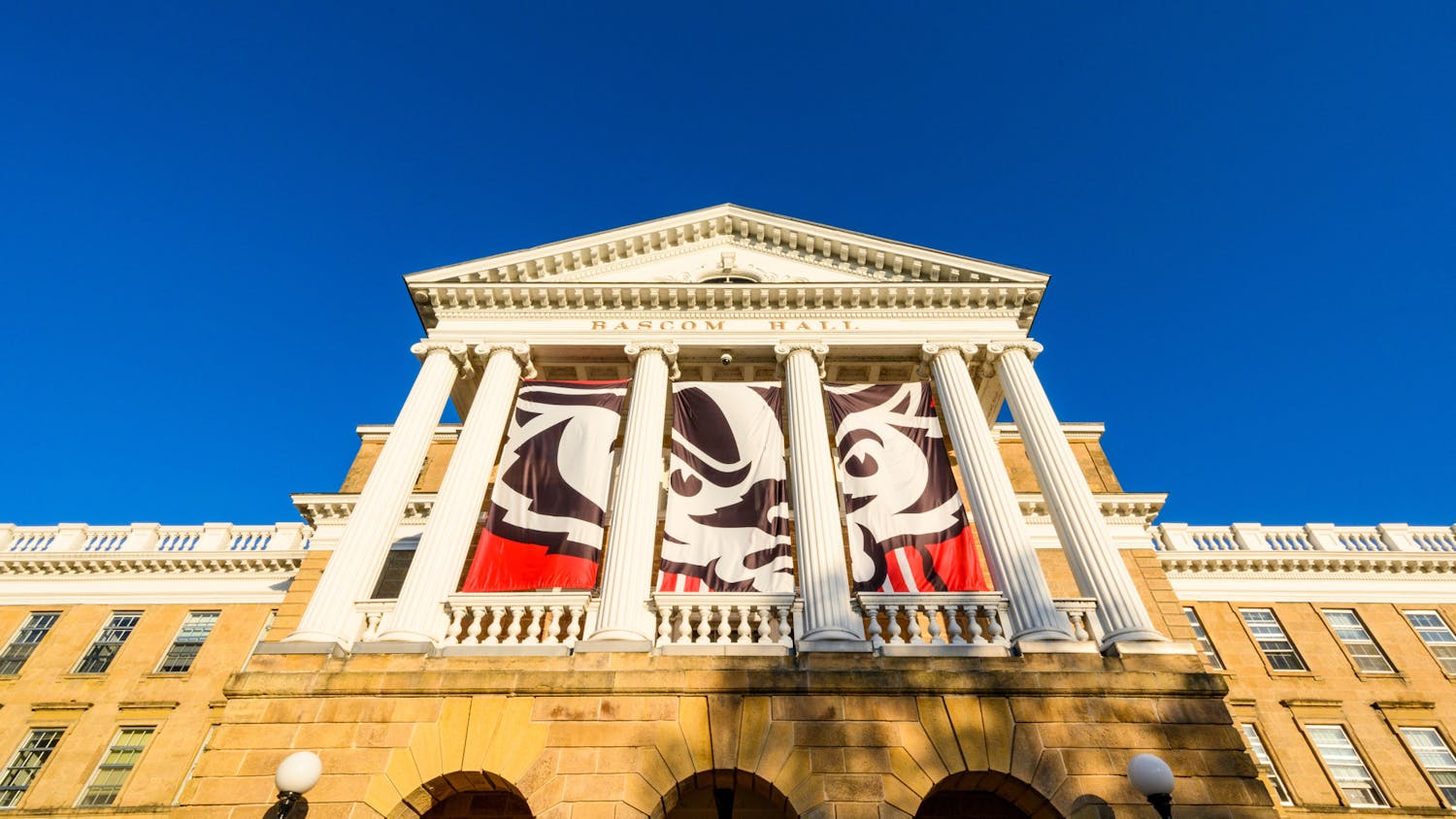Washington, D.C. is a paragon of public transportation in the United States. It upholds a reputation of a marvelous heavy rail system, recognized by many as one of the best metro rail systems in the world. This, along with e-bikes and numerous bus lines, give residents of the DMV many options for their morning commute. Needless to say, it’s a dream.
Wisconsin is not known for its public transportation. After all, why would it be? Depending on the region of the state, public transportation is a far-away urban fantasy, with critics pointing to large amounts of rural and suburban sprawl, the need for individual vehicles in every aspect of travel, and, most importantly, the unwillingness of both governments and the people to properly embrace available systems.
Look at Milwaukee’s bus system as one example of this problem. According to the Wisconsin Policy Forum, “unless ridership rebounds beyond expectations or additional infusions of state aid arrive in the next state budget, MCTS faces a frightening scenario when the federal funds are exhausted by 2025.”
In an unfortunate twist, Milwaukee residents await reduced coverage, longer waiting times and general loss of vehicle quality, in no small part due to their disuse of public transit. But it’s hard to blame them with the current outdated system. Calls for radical change are consistently growing louder.
Perhaps the most considerable failure in Wisconsin’s public transit is its absolute lack of commuter rail availability. On its face, the issue can be attributed to modern governments simply lacking the resources and the drive to implement proper transit programs.
Yet light rail, which a city such as Madison would likely employ, incurs a number of environmental, economic and social benefits on its population. These include reduced urban traffic, lower parking costs and higher property values near metro stations, not to mention the jobs and revenue any construction would create. The problems associated with the implementation of light rail could be remedied with adequate planning and public support by the Wisconsin Legislature.
Other U.S. cities demonstrate the benefits of a rail system. Compare a city like Madison to commuter-rail giants such as Chicago, New York or even Washington, D.C. A clear trend emerges: these latter cities have the budget, high ridership and advanced urban planning decades in the making to help them make their public transit systems even more robust.
Madison, while lacking in the infrastructure projects that others began during their conception, has other areas of support. Public ridership on the Metro bus system has increased steadily in recent years, including a near-20% jump from 2022 to 2023. At the same time, increased ridership has led to a strained commute.
Even with 192 buses in its current fleet, many riders report the increased popularity of the Madison Metro created overcrowded buses, especially during morning and evening rush hours. A light rail system would significantly reduce such strain while adding enhanced efficiency that can only come from a lack of traffic. All of this leads to a community both financially and emotionally in support of light rail.
Furthermore, the opportunity for outside funding has never been greater. Given the relatively recent passage of the Bipartisan Infrastructure Law, the Federal Transit Administration has dozens of grant programs that invest nearly $20 billion every year into state and local public transportation. Madison is no different, and the city should take advantage.
Everyone, whether student or permanent resident, would benefit from a more robust public transportation system. Light rail is certainly a viable option, and the time has come for our city to seriously consider it.
Marcus Hirsch is a rising senior. Do you think Madison should have a light rail system? Send all comments to opinion@dailycardinal.com.






